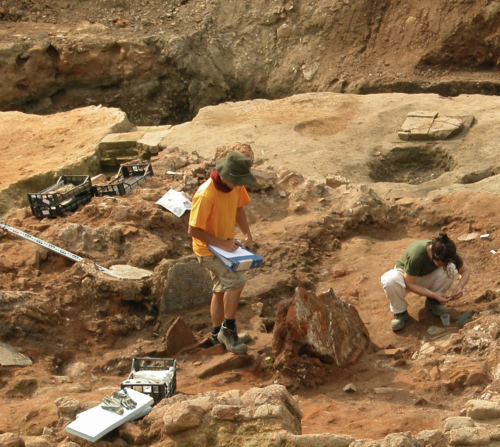Image courtesy of Getty Images.
Society has evolved in many ways since the beginning of time, and it will continue to evolve in the decades to come. Given the inherently social nature of the human species, social networks are important in helping us understand this societal evolution.
A study co-led by Yale anthropologist Jessica Thompson in collaboration with institutions across Africa, Harvard University, Rice University, and the University of Alberta studied the population structure of sub-Saharan African foragers. Their research provided new evidence of major demographic changes at the end of the Late Pleistocene epoch around 11,700 years ago and the beginning of the Holocene epoch, the current epoch which began approximately 11,650 years ago.
The researchers obtained ancient DNA from six individuals from East and South-central Africa. They discovered that the ancestry of these individuals came from three source populations: two of them were the expected Eastern and South African lineages, but the third brought an unforeseen revelation. In it, they identified a central African rainforest hunter-gatherer lineage. This new piece of genetic evidence supports the hypothesis that the end of the Pleistocene epoch marked the onset of increased regionalization, indicating less residential mobility and more settlement establishment.
This blend of archaeology and genetics is a rare find, with researchers from Malawi to Canada collaborating on this project. “It was a deliberate decision to do it this way,” Alex Bertacchi, a graduate student part of the Yale research team, said. “Months of the discussion focused on how to put in true effort to place genetics and archaeology on equal footing…and I think it [was successful]”. Continuing to combine these two fields of study could lead to even more discoveries about how our world today came to be.

